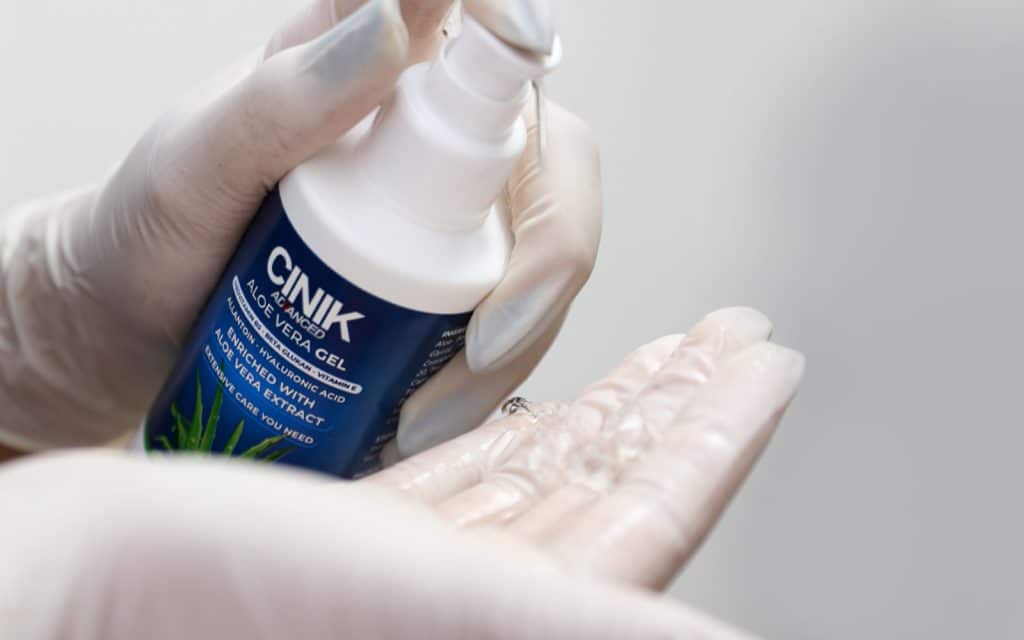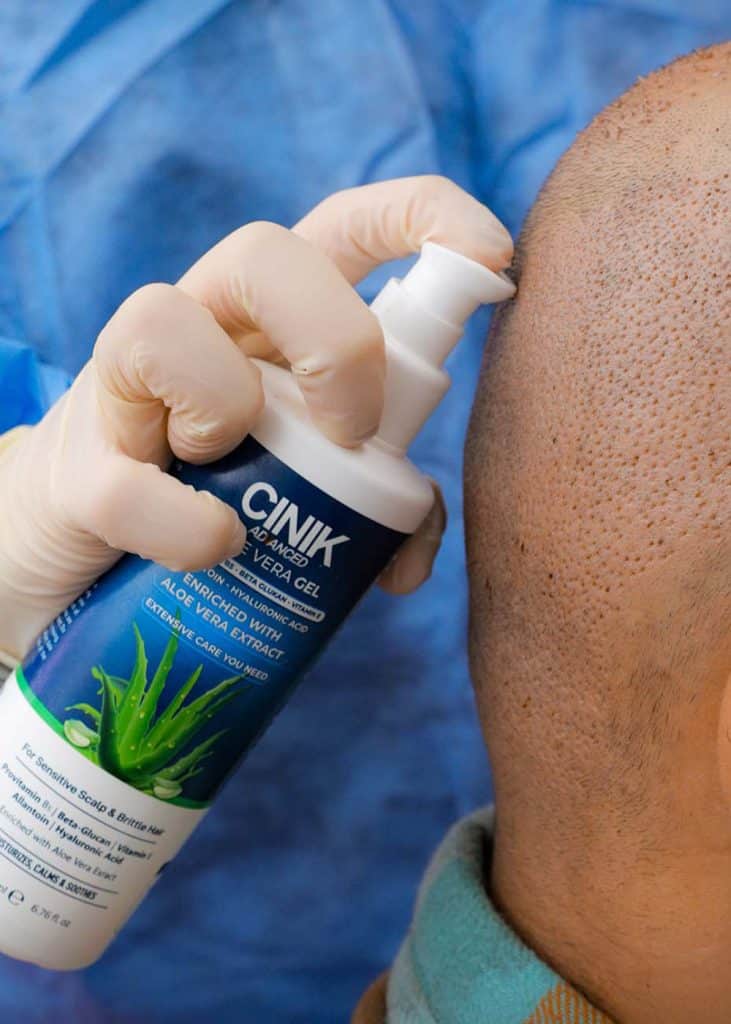
Hair transplant timeline




What is the timeline for hair transplantation? While you may be eager to discover your new hair, patience is key. No matter which technique is chosen (DHI or FUE), the time it takes for hair to grow back is related to the hair cycle. Here is a timeline of the most important steps after your hair graft: +1 day : the first shampoo. +2 days : the swelling of the face and the appearance of scabs. +10 days : the scabs begin to fall off. 1 month after the hair transplant: the shock loss. 2 to 3 months after the hair transplant: the grafts grow back. 9 months after: You recover 60% to 70% of your hair density. 1 year after: you recover 100% of your hair. And 10 years after a hair transplant, your hair is still there. Trust Dr. Cinik with your hair or/and beard transplant Don’t hesitate to contact us for a free consultation! +905422340034, contact us for free consultation.

Why it takes nearly a year for hair to grow back after a hair transplant
While you may be eager to experience the density of your new hair, patience is critical. Hair regrowth after a hair transplant is a complicated process that takes some time. Whether you turn to an FUE hair transplant, a sapphire FUE hair transplant, a manual FUE hair transplant, or a DHI hair transplant, the time to regrow hair is incompressible and linked to the hair cycle.
To understand why hair takes almost a year to grow back after a hair transplant, it is essential to understand the principle of hair transplantation. Hair transplantation can be performed on a man or a woman. It consists of taking grafts from the donor area, within the crown of the head, and re-implanting them in the bald areas (vertex, temples, and frontal area).
When a graft is taken from the donor area, this graft has already started its hair cycle. The hair cycle occurs in three phases: the Anagen phase, which corresponds to hair growth; the catagen phase; and the telogen phase, when hair falls out. Each hair follows its cycle. There is no synchronisation, so the final results can be observed after a year.
-
1 day after: The first shampoo
The first shampoo after a hair transplant is of paramount importance. It can be done 1 to 2 days after the hair transplant. A gentle shampoo and the most delicate gestures are necessary. The grafted area must be gently massaged to ensure that the scabs are not torn off. If you are having your hair transplant done with Dr. Emrah Cinik, the first shampoo is done at the clinic so that our medical team can show you the proper procedure to follow.
-
2 days after: the swelling of the face and appearance of scabs
Two days after the hair transplant, facial swelling, or oedema, may form on the head. It usually involves the forehead and the eyes. While this swelling can be impressive and unpleasant, it should not cause concern. Rest assured, the swelling is a perfectly normal response to the procedure. It will resolve itself after a few days.
Also, the days following hair transplant, scabs may appear on the scalp the day after the procedure. Like the swelling, the appearance of scabs is perfectly normal. These scabs form once the bleeding and tissue fluids stop seeping out. They help protect the grafts by creating a barrier against bacteria.
-
10 days after: the scabs start to fall off
The scabs begin to fall off on their own the next day and up to 10 days after the hair transplant. The scabs must fall off by day 10 to avoid smothering the grafts and to promote the best results. To encourage the scabs to fall off, it is recommended to shampoo the hair daily with the cleansing foam provided by the clinic. On the 8th shampoo, the cleansing foam can be applied to the area for 1 hour. The patient is then encouraged to massage the area with the palm, without scratching the scabs, until they fall off.
-
1 month after the hair transplant: shock loss
Shock Loss refers to reactionary hair loss. This phenomenon is characterised by natural hair loss, i.e., even those not transplanted. Shock loss, therefore, occurs around the periphery of the grafted areas. It is caused by tissue trauma during the healing process of the recipient area, and a lack of oxygen generated by the neighbouring samples in the donor area.
Although shock loss is common, it is not systematic. To limit hair loss after a hair transplant, it is recommended to massage the donor area to boost blood circulation. Following the surgeon’s recommendations to heal properly and promote optimal results is also advisable.
-
2 to 3 months after the hair transplant: the grafts grow back
2 to 3 months after the hair transplant, the grafts begin to grow back. Gradually, the hair thickens and gains strength. Every month, the hair gains an inch and regains density.
-
6 months after the hair transplant: density gain
6 months to 1 year after the hair transplant, the hair grows and calms down. At this point, the new grafts are about 5 to 7 centimetres long, and a marked improvement in hair coverage is seen. The patient can then appreciate their hair transplant’s initial results.
-
9 months after: You recover 60% to 70% of your hair density
After 9 months, hair density has reached 60 to 70% of the final result. The transplanted hair has gained strength and density. By the 10th month, it is usually possible to see how the final results will be at 90%.
-
1 year after: you get 100% of your hair back
From the 12th month, the results are final. The hair density is optimal, showing a completely natural finish. Being less well irigated, it is possible that the vertex area has yet to reach its final results. Sometimes, waiting until the 15th month is necessary to observe the final result.
-
10 years after a hair transplant, your hair is still there
The results of hair transplantation are final. Even several years later, there is no fear that your grafts will fall out like your original hair. The transplanted hair will follow the same natural cycle as other hair: the anagen, catagen, and telogen phases. Rest assured, they will always grow back.
 en
en



